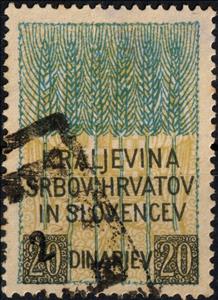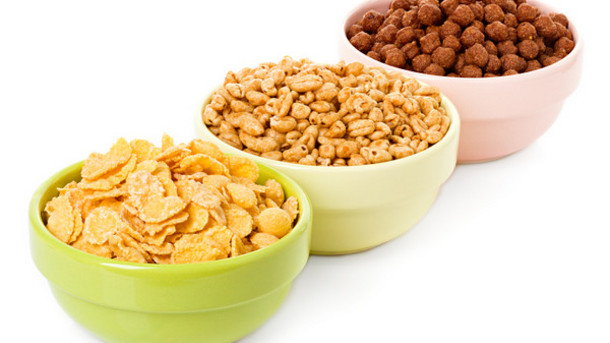Stamp: Wheat above coat of arms (Kingdom of Serbs, Croats and Slovenes 1920)
Wheat above coat of arms (Kingdom of Serbs, Croats and Slovenes 1920)
01 January (Kingdom of Serbs, Croats and Slovenes ) within release Revenues : Second series of 1920 goes into circulation Stamp Wheat above coat of arms face value 20 Yugoslav dinar
| Stamp Wheat above coat of arms in catalogues | |
|---|---|
| Colnect codes: | Col: YU R1920-02/16 |
Stamp is square format.
Inscribed "KRALJEVINA"Also in the issue Revenues : Second series of 1920:
- Stamp - Coat of arms face value 1;
- Stamp - Coat of arms face value 2;
- Stamp - Coat of arms face value 3;
- Stamp - Coat of arms face value 4;
- Stamp - Coat of arms face value 5;
- Stamp - Coat of arms face value 8;
- Stamp - Coat of arms face value 50;
- Stamp - Coat of arms face value 100;
- Stamp - Numeral face value 2;
- Stamp - Numeral face value 5;
- Stamp - Numeral face value 10;
- Stamp - Numeral face value 20;
- Stamp - Numeral face value 30;
- Stamp - Numeral face value 40;
- Stamp - Numeral face value 50;
- Stamp - Numeral face value 60;
- Stamp - Numeral face value 40;
- Stamp - Wheat above coat of arms face value 10;
- Stamp - Wheat above coat of arms face value 20;
- Stamp - Wheat above coat of arms face value 24;
- Stamp - Wheat above coat of arms face value 30;
Stamp Wheat above coat of arms it reflects the thematic directions:
A cereal is a grass cultivated for its edible grain. Cereals are the world's largest crops, and are therefore staple foods. They include rice, wheat, rye, oats, barley, millet, and maize. Edible grains from other plant families, such as buckwheat and quinoa are pseudocereals. Most cereals are annuals, producing one crop from each planting, though rice is sometimes grown as a perennial. Winter varieties are hardy enough to be planted in the autumn, becoming dormant in the winter, and harvested in spring or early summer; spring varieties are planted in spring and harvested in late summer. The term cereal is derived from the name of the Roman goddess of grain crops and fertility of grain crops and fertility
A coat of arms is an heraldic visual design on an escutcheon (i.e. shield), surcoat, or tabard. The coat of arms on an escutcheon forms the central element of the full heraldic achievement which in its whole consists of shield, supporters, crest, and motto. A coat of arms is traditionally unique to an individual person, family (except in the United Kingdom), state, organisation or corporation.


